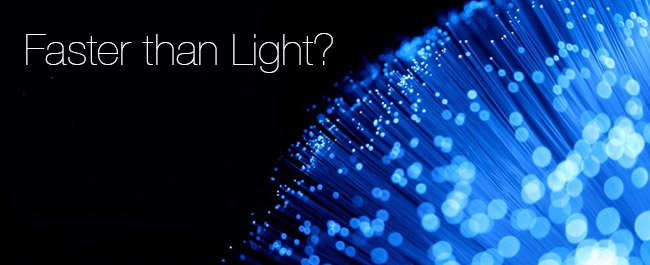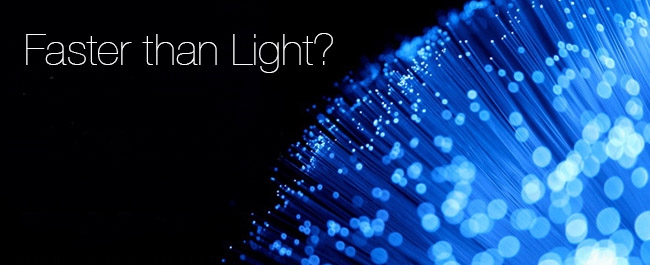
 High speed fibre optics
High speed fibre optics
Three recent breakthroughs in sending data over fibre optics promise far greater bandwidth in future. Useful for delivering multiple channels 4K/Ultra HD signals and beyond...
Estimates of the amount of data traffic required over the next few years are continually rising, as more and more data is consumed by computers and smartphones we will need faster connections to satisfy the demand. Luckily scientists have been working on ways to increase the speed of data transmission via fibre optics and three different teams have come up with three breakthrough technologies.
In the first breakthrough, researchers at Southampton University in the UK have managed to send data at 99.7% the speed of light using a new type of fibre optic cable.
Typically light travels through the glass of a fibre optic cable 31% slower than in a vacuum. Previous attampts to use hollow fibres have increased speed, but at the expense of bandwidth. The Southampton university team have created a new type of hollow fibre which they used to transmit data at a rate of 73.7Tbps (that's Terabits per second!!) over 310 metres. That's roughly 15,000 times faster than previous attempts and equivalent to roughly 90 Gigabytes per second, enough to send a HD movie in less than a second!!
Modulation
The second breakthrough relies on a new modulation technique that effectively quadruples the capacity of existing optical fibre links.
Researchers at AT&T labs have smashed their previous record for sending data over fibre optic cables, sending 495Gbps over 12,000 kilometres.
Noise
The third breakthrough involves a way to reduce the noise in the signal, in much the same way as balanced audio cables. As the power of the laser used to send data is increased, so is the amount of noise generated by interactions with the surrounding glass. Researchers at Bell Laboratories in New Jersey have shown that by sending two signals, one the phase inverse of the other, down the same fibre optic connection, they can cancel out the noise at the receiver and so use higher powered lasers to send data at faster speeds whilst also reducing the need for error correction.
By combining these three new technologies we should be able to squeeze more performance out of new and existing optical fibre connections.
The majority of the internet's "backbone" consists of fibre optic cables, crossing continents and oceans, linking all the major data centres in the world.
More recently fibre optics have been installed to distribution boxes in the street and even direct to the home, allowing for faster bandwidth for Internet and TV services.
These new techniques increase the capacity of the existing connections to carry far more data at higher speeds, very useful for streaming 4K video!
Tags: Technology


Comments